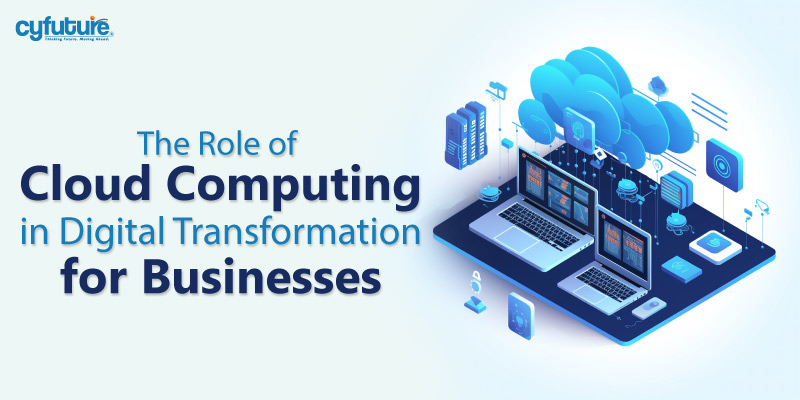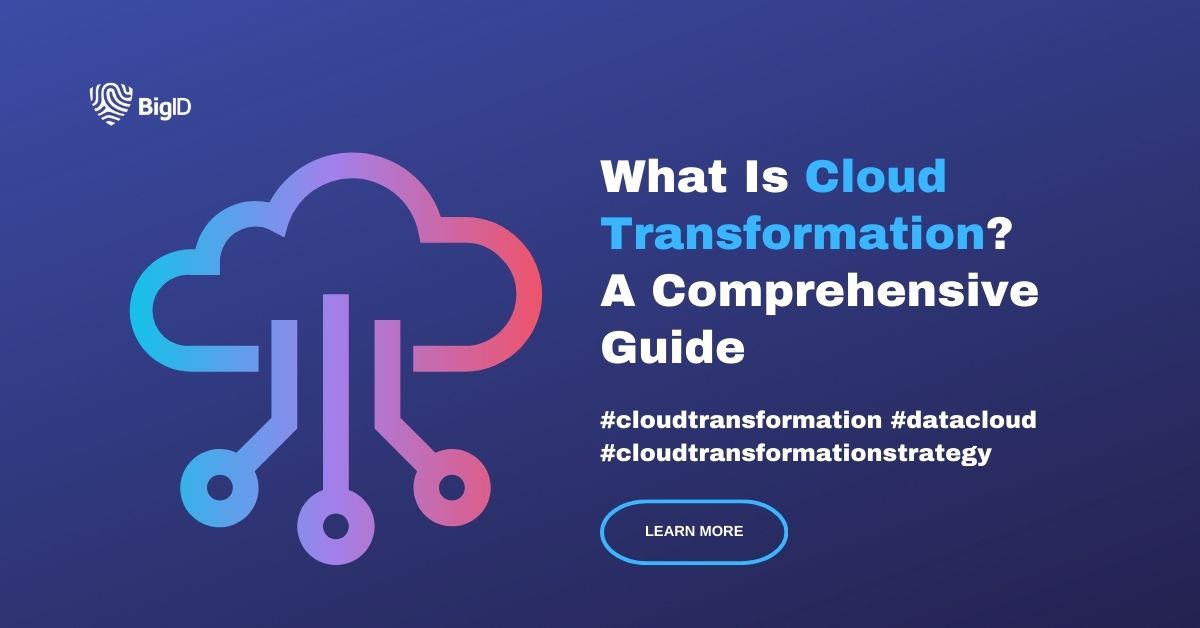
Understanding Cloud Computing
Definition of Cloud Computing
Cloud computing represents a transformative shift in how businesses manage their IT resources. It refers to the delivery of computing services—including servers, storage, databases, networking, software, and analytics—over the internet (“the cloud”). This allows companies to access data and applications without worrying about the physical infrastructure behind them. Picture it as renting a car instead of owning one; it’s flexible, cost-effective, and you only pay for what you use.
Types of Cloud Computing Models
There are three main cloud computing models that organizations can leverage:
- Public Cloud: Services offered over the public internet and available to anyone. Examples include Google Cloud and AWS.
- Private Cloud: Exclusive to a single organization, providing heightened security and control.
- Hybrid Cloud: A combination of public and private clouds, allowing data and applications to be shared between them.
Advantages of Cloud Computing
Cloud computing brings numerous advantages that are hard to ignore:
- Cost Efficiency: Reduces the need for substantial upfront investments in infrastructure.
- Scalability: Easily scale resources up or down based on demand.
- Accessibility: Access data from anywhere, permitting remote work and collaboration.
These benefits make cloud computing a game-changer for businesses looking to innovate and grow, as highlighted in various discussions on TECHFACK.

Cloud Computing Technologies
Continuing the journey into cloud computing, it’s essential to explore the technologies that empower its capabilities. Understanding these foundational elements can help organizations make informed choices for their digital transformation initiatives.
Virtualization
At the heart of cloud computing lies virtualization, which allows multiple virtual machines to run on a single physical server. This maximizes resource utilization and minimizes costs. For example, think of it as a multi-functional tool that can perform various tasks without needing separate equipment for each function.
Containerization
Building on virtualization, containerization offers an even lighter solution. Containers encapsulate applications and their dependencies into a single package that can run consistently across various environments. It’s like packing your favorite dish in a portable container, allowing you to enjoy it anytime, anywhere. This technology enhances flexibility, speeds up deployment times, and simplifies management.
Serverless Computing
Finally, serverless computing takes it a step further by allowing developers to write code without needing to manage servers directly. Here, the cloud service provider handles the server-side logic, making it easier to focus on the application. Imagine being able to cook a meal without the hassle of setting up the kitchen—serverless computing enables that level of convenience for developers.
Together, these technologies form the backbone of modern cloud computing, enabling innovation and efficiency for organizations embracing the digital era.

Implementing Cloud Solutions in Digital Transformation
As businesses continue to embrace cloud technologies, implementing cloud solutions becomes a crucial step in their digital transformation journey. This not only enhances operational efficiency but also fosters innovation and agility.
Migration to the Cloud
Migrating to the cloud is often the first and most critical step. Organizations usually choose between different strategies like lift-and-shift, where existing applications are moved directly to the cloud, or re-architecting, which has applications being restructured to leverage cloud-native features. For instance, a retail company might migrate its inventory management system to the cloud to improve accessibility and reduce downtime.
Integration with Existing Systems
Once migration is complete, integrating these cloud solutions with existing on-premise systems is vital. Utilizing APIs and middleware can facilitate seamless communication, ensuring that data flows efficiently between platforms. Think of it like connecting puzzle pieces—each system has its own role, and when they fit together, the complete picture emerges.
Security Considerations
Lastly, security cannot be overlooked. Transitioning to the cloud necessitates reevaluating security protocols. Key measures include data encryption, access controls, and regular security audits. For example, a financial institution must rigorously secure sensitive customer data to comply with regulations while enjoying the flexibility of cloud computing.
By addressing these elements thoughtfully, organizations can effectively harness cloud solutions as part of their successful digital transformation strategy.

Leveraging Cloud Services for Innovation
With the foundational elements of cloud computing firmly in place, organizations can truly leverage cloud services to drive innovation and stay competitive in today’s fast-paced marketplace.
Big Data Analytics in the Cloud
Big data analytics has become a game changer for businesses looking to derive insights from their vast data sets. The cloud provides scalable resources that allow companies to store and analyze large volumes of data without the hefty investment in on-premise infrastructure. Imagine a healthcare provider analyzing patient data in real-time to improve treatment plans and outcomes—this capability is often powered by cloud-based big data solutions.
Internet of Things (IoT) Applications
Next, cloud services play a critical role in the Internet of Things (IoT). By connecting devices to the cloud, businesses can collect, share, and analyze data generated in real-time. For instance, a smart city initiative might use cloud-based platforms to monitor traffic patterns and improve transportation systems based on live data feeds, enhancing commuter experiences effectively.
Artificial Intelligence and Machine Learning
Finally, cloud infrastructure enables the deployment of artificial intelligence (AI) and machine learning (ML) applications at scale. Businesses can analyze patterns and make predictions quickly without needing extensive local hardware. A great example is an e-commerce company using cloud-based AI algorithms to personalize shopping experiences based on user behavior.
Through these technologies, organizations can not only improve efficiencies but also foster creative solutions that transform industries, proving that the cloud is more than just a storage solution; it’s a catalyst for innovation.

Overcoming Challenges in Cloud Adoption
While the benefits of cloud computing are undeniable, organizations must navigate several challenges to ensure a successful adoption. Addressing these issues thoughtfully can pave the way for a seamless transition.
Data Privacy and Compliance
One of the foremost concerns in cloud adoption is data privacy and compliance. With regulations like GDPR and HIPAA, businesses must ensure that their cloud providers adhere to stringent security standards. For example, a healthcare provider must implement strict data access controls to protect patient information. Conducting thorough due diligence and choosing providers who demonstrate a commitment to compliance can mitigate these risks.
Vendor Lock-in Risks
Another challenge is the risk of vendor lock-in, which occurs when a company becomes overly dependent on a single cloud provider’s services. To combat this, organizations should consider multi-cloud strategies, allowing them to leverage different providers for specific needs. Just like diversifying your investment portfolio, employing a multi-cloud approach can reduce reliance and increase flexibility.
Cost Management Strategies
Lastly, cost management is crucial for cloud sustainability. Without careful oversight, organizations may find their cloud expenses spiraling out of control. Implementing monitoring tools and establishing budgets can help track usage against costs. For instance, a retail company can analyze its cloud spending trends to identify and eliminate inefficiencies, ensuring they get the most value from their investment.
By proactively addressing these challenges, businesses can fully realize the transformative potential of cloud computing, driving innovation while maintaining security and efficiency.

Case Studies: Successful Cloud Transformation Stories
To illustrate the impactful benefits of cloud adoption, let’s delve into some compelling case studies that highlight different approaches and successes in cloud transformation.
Company A: Cloud Migration Journey
Company A, a leading e-commerce retailer, embarked on a cloud migration journey to boost its scalability and customer experience. By shifting its critical applications to the cloud, the company reduced downtime significantly and improved site speed. The result? A 30% increase in sales during peak shopping seasons, demonstrating the power of efficient cloud implementation.
Company B: Cloud-native Development
Then, we have Company B, a tech startup specializing in mobile applications, that decided to go all-in on cloud-native development. By building its applications using microservices, the company achieved faster deployment times and greater resilience. This agility enabled them to respond to customer feedback swiftly, releasing updates weekly and enhancing customer satisfaction.
Company C: Hybrid Cloud Implementation
Finally, Company C, a multinational corporation, adopted a hybrid cloud strategy to balance its on-premises infrastructure and cloud services. This approach allowed them to manage sensitive data securely while benefiting from the elasticity of cloud resources. The result? Increased operational efficiency and a 50% reduction in IT costs, proving that hybrid models can offer the best of both worlds.
These case studies showcase how tailored cloud strategies can drive significant business outcomes, inspiring others on their cloud transformation journey.

Future Trends in Cloud Computing
As organizations continue to harness the power of the cloud, several trends are emerging that will shape its future landscape. Staying ahead of these trends can empower businesses to innovate and adapt in an ever-evolving digital environment.
Edge Computing
First, edge computing is gaining traction as it pushes data processing closer to the source of data generation. This reduces latency and bandwidth use, making it ideal for IoT applications and real-time analytics. For instance, smart manufacturing facilities can process data on-site, leading to quicker decision-making and reduced downtime. It’s like moving the computer from a central office to the factory floor; everything becomes more efficient.
Multi-Cloud Strategies
Secondly, multi-cloud strategies are becoming increasingly popular as organizations seek flexibility and avoid vendor lock-in. By distributing workloads across multiple cloud providers, businesses can optimize costs and performance. This approach is akin to shopping for the best deals; why settle for one store when you can find the best prices everywhere?
Quantum Computing Impact
Lastly, quantum computing is on the horizon, promising to revolutionize data processing capabilities. Although still in its infancy, the potential for solving complex problems in seconds that would take traditional computers years is remarkable. Businesses in fields like pharmaceuticals could dramatically accelerate drug discovery processes, illustrating the transformative potential of this technology.
By keeping an eye on these future trends in cloud computing, organizations can position themselves to leverage new opportunities and maintain a competitive edge in their respective industries.

Conclusion and Key Takeaways
As we conclude our exploration of cloud computing, it’s essential to recap its myriad benefits and offer actionable tips for a successful transformation journey. By embracing cloud solutions, organizations can unlock new levels of efficiency, scalability, and innovation.
Recap of Benefits of Cloud Computing
The benefits of cloud computing include:
- Cost Efficiency: Reduces the need for hefty upfront investments in hardware.
- Scalability: Easily scale resources according to demand, making it perfect for fluctuating market needs.
- Accessibility: Access data and applications from anywhere, fostering collaboration and remote work.
It’s clear that the cloud is more than just a storage solution; it’s a catalyst for business growth and agility.
Tips for a Successful Cloud Transformation Journey
To maximize the benefits of your cloud transformation, consider the following tips:
- Define Clear Goals: Understand what you aim to achieve—enhanced efficiency, cost reduction, or better customer engagement.
- Choose the Right Model: Select a cloud model (public, private, hybrid) that aligns with your specific needs.
- Engage Stakeholders: Involve team members from various departments to ensure a smooth transition and adoption.
- Monitor and Optimize: Regularly assess your cloud usage and expenses to identify cost-saving opportunities.
By following these guidelines and recognizing the profound benefits of cloud computing, organizations can embark on a successful journey, unlocking transformative potential for future growth.

